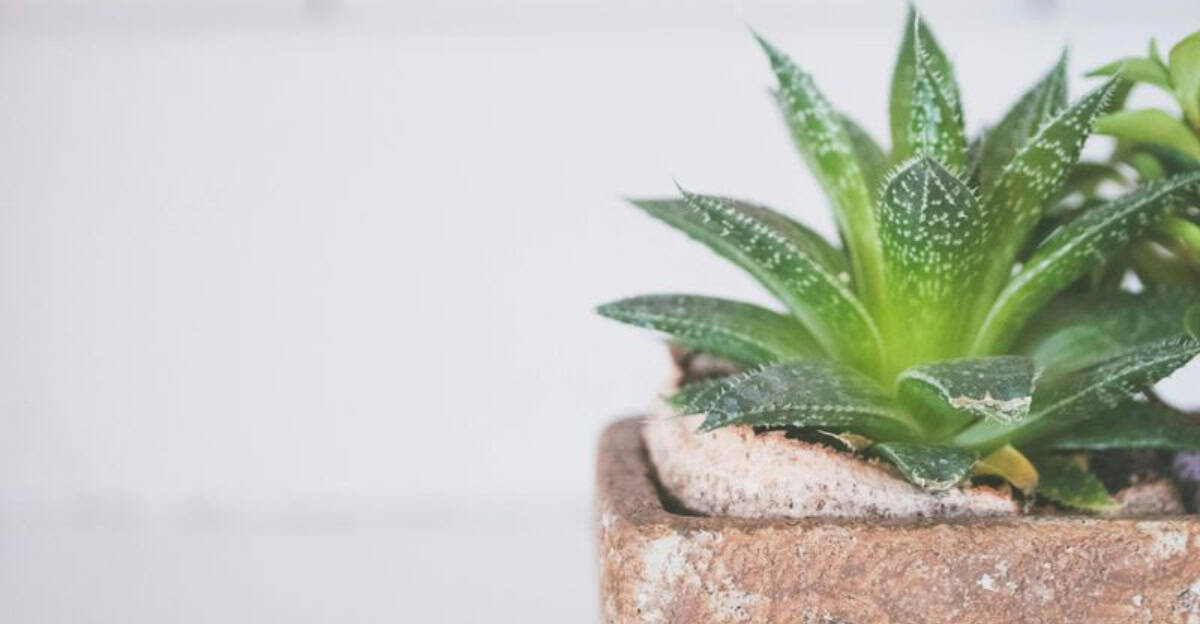Aloe Vera plants are not only beautiful but also incredibly useful. Whether you’re a seasoned gardener or a beginner, nurturing a healthy Aloe Vera plant can be rewarding.
These 10 essential tips will guide you in cultivating the healthiest and most vibrant Aloe Vera plants.
From sunlight and soil to watering routines, each tip is designed to enhance your plant’s growth.
1. Choose the Right Pot
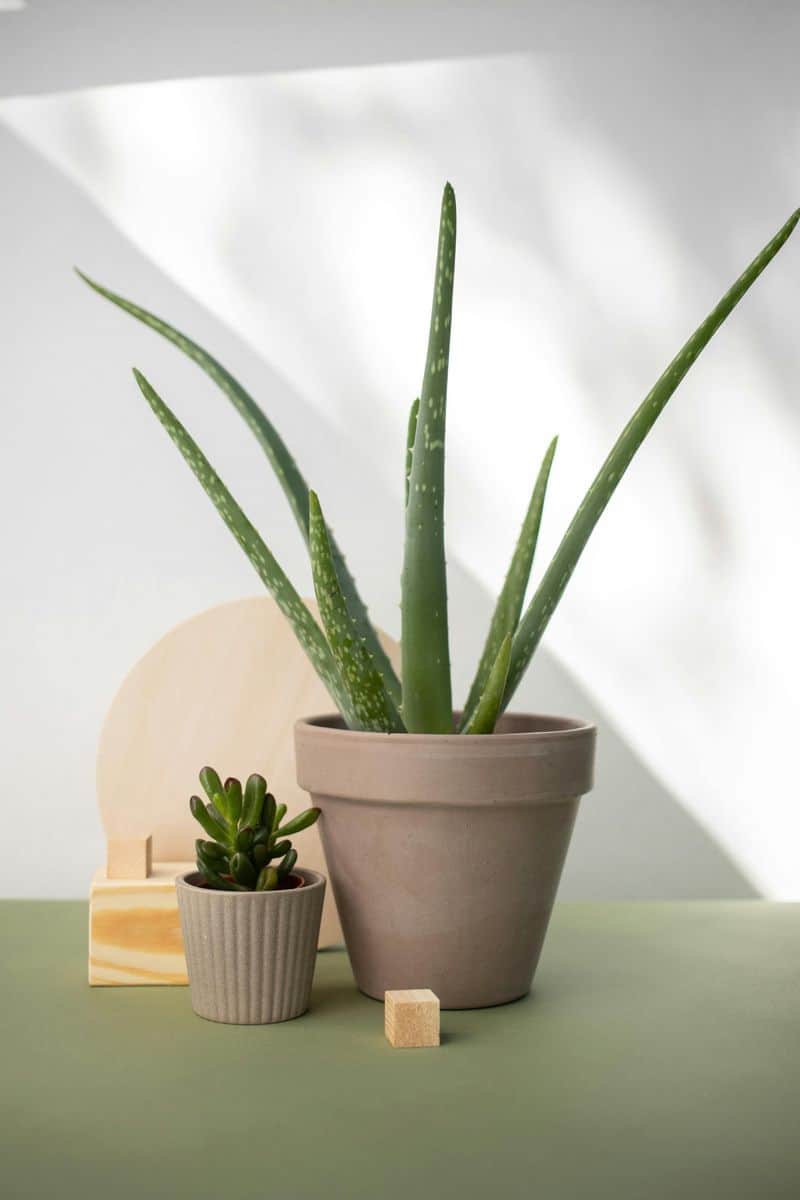
The choice of the pot is crucial for Aloe Vera’s health. Use a terracotta pot, as it allows the soil to dry out between waterings.
This prevents root rot. Ensure the pot has drainage holes to facilitate proper water flow. Pair with well-draining soil for optimal growth.
2. Provide Bright, Indirect Sunlight
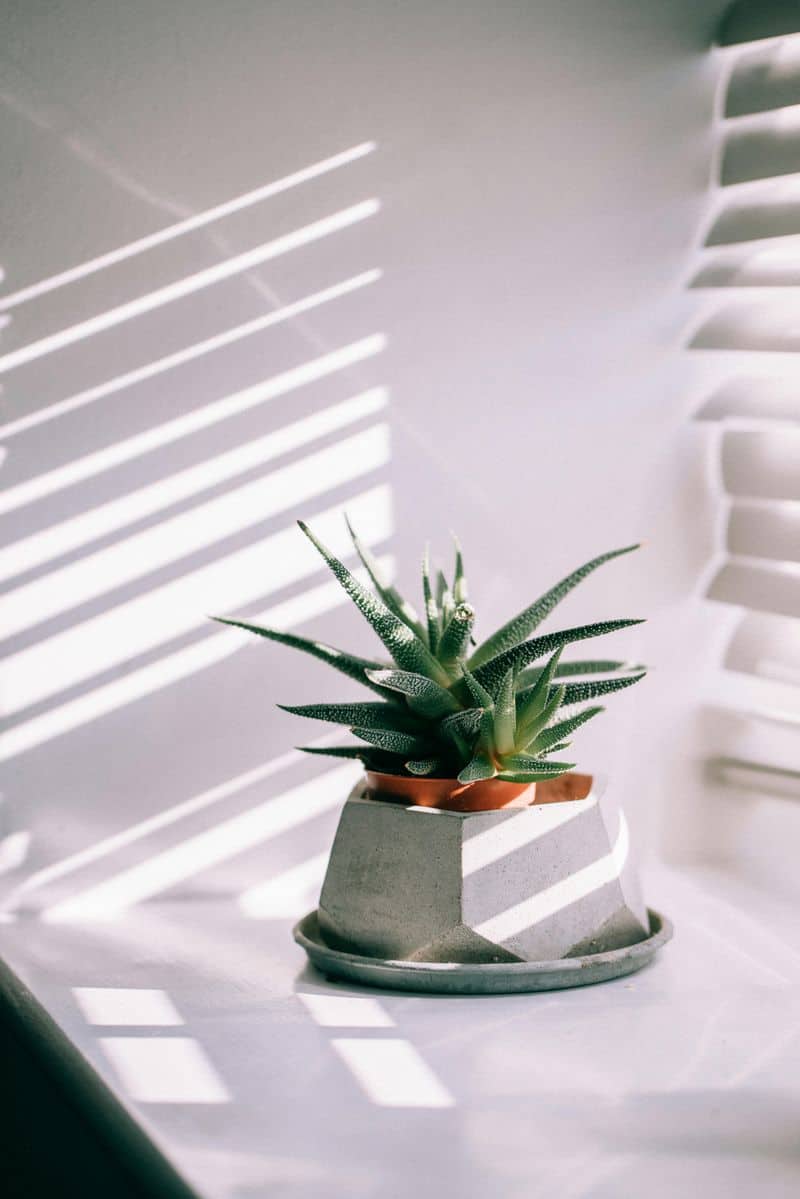
Aloe Vera plants thrive in bright, indirect sunlight. Position them near a window where they can receive ample light, but avoid direct sun exposure.
Direct sunlight may cause leaf burns. If indoors, use sheer curtains to filter the light.
Proper exposure promotes growth and keeps the leaves plump and healthy.
3. Water Sparingly
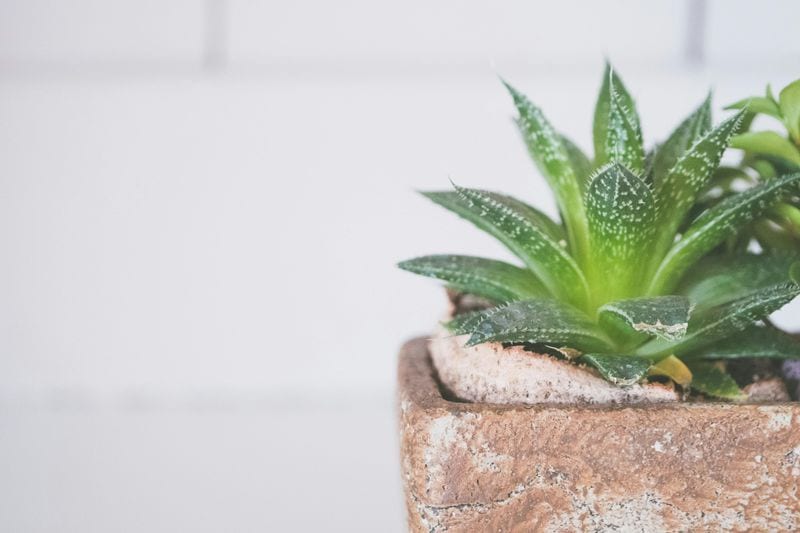
Watering Aloe Vera requires caution. Allow the soil to dry completely between waterings to mimic its natural environment. Overwatering leads to root rot.
Insert a finger into the soil to check moisture levels and water only when the soil is dry to the touch. This routine supports vibrant and resilient Aloe Vera plants.
4. Maintain Ideal Temperature
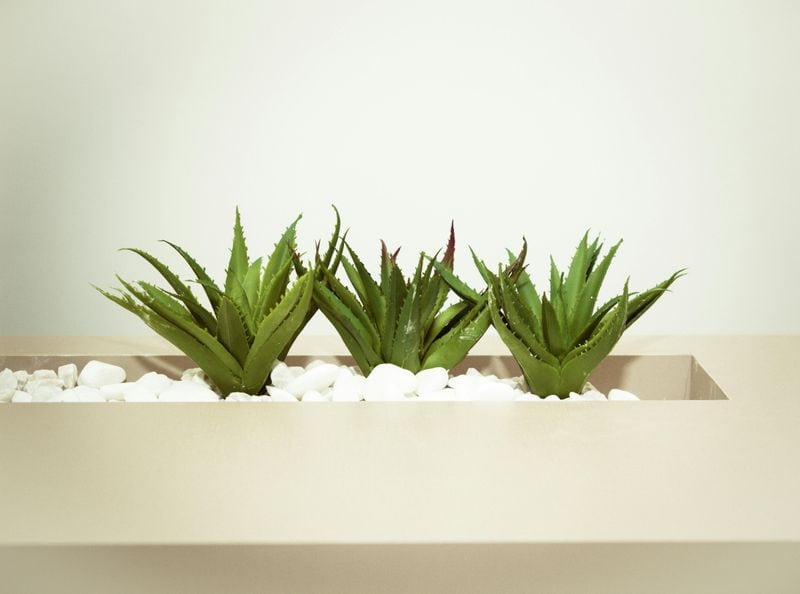
Temperature plays a significant role in Aloe Vera’s growth. Maintain a temperature range of 60°F to 75°F. Aloe Vera dislikes extreme cold or heat.
Protect it from drafts and sudden temperature changes. Consistent temperatures ensure robust growth.
5. Use Well-Draining Soil
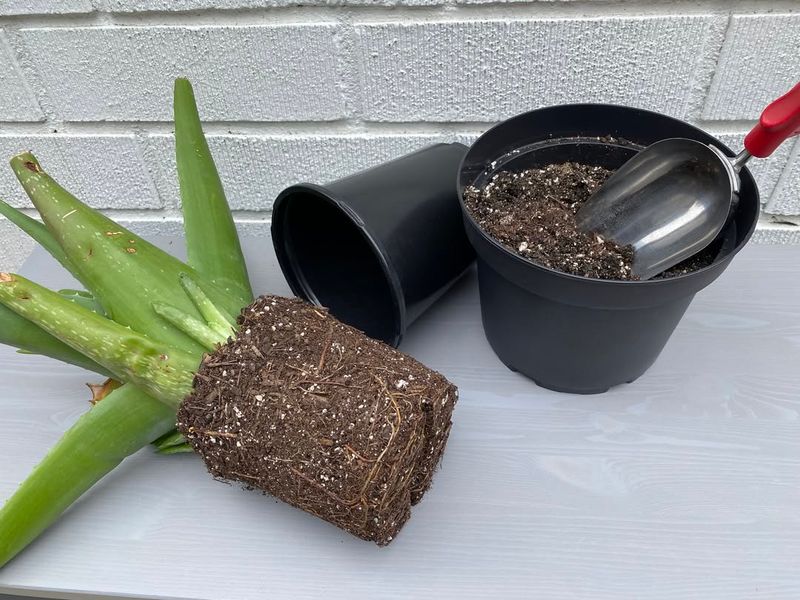
Aloe Vera flourishes in well-draining soil. Blend potting soil with sand or perlite to enhance drainage.
This mix prevents waterlogging, a primary cause of root rot. Use cactus or succulent-specific soil for best results.
6. Fertilize Sparingly

Aloe Vera demands minimal fertilization. Utilize a cactus or succulent fertilizer during its active growing season, about once in spring and summer.
Over-fertilization can damage the plant. So, follow the package instructions for dilution rates.
Limited fertilization supports healthy growth without overwhelming the plant with nutrients.
7. Prune Dead Leaves
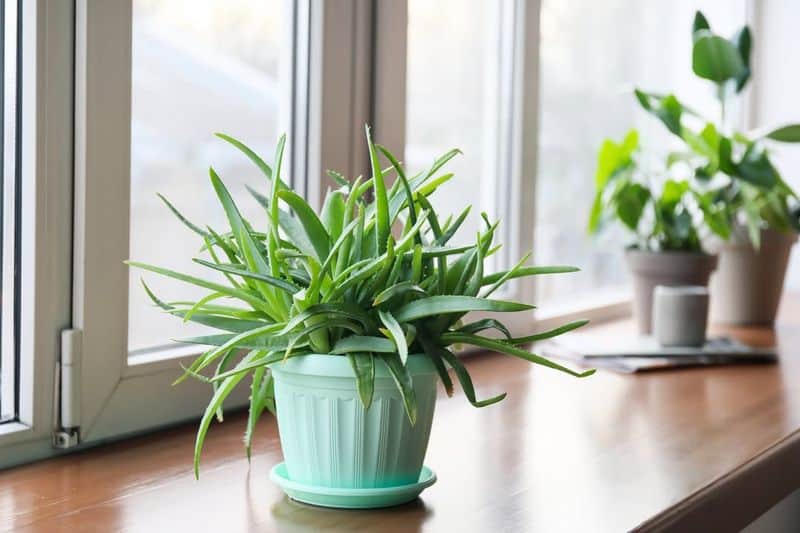
Regular pruning keeps Aloe Vera tidy and encourages growth. Trim dead or discolored leaves using clean, sharp scissors.
Pruning improves air circulation and prevents disease. Avoid cutting healthy leaves and dispose of cut leaves properly.
8. Avoid Overcrowding
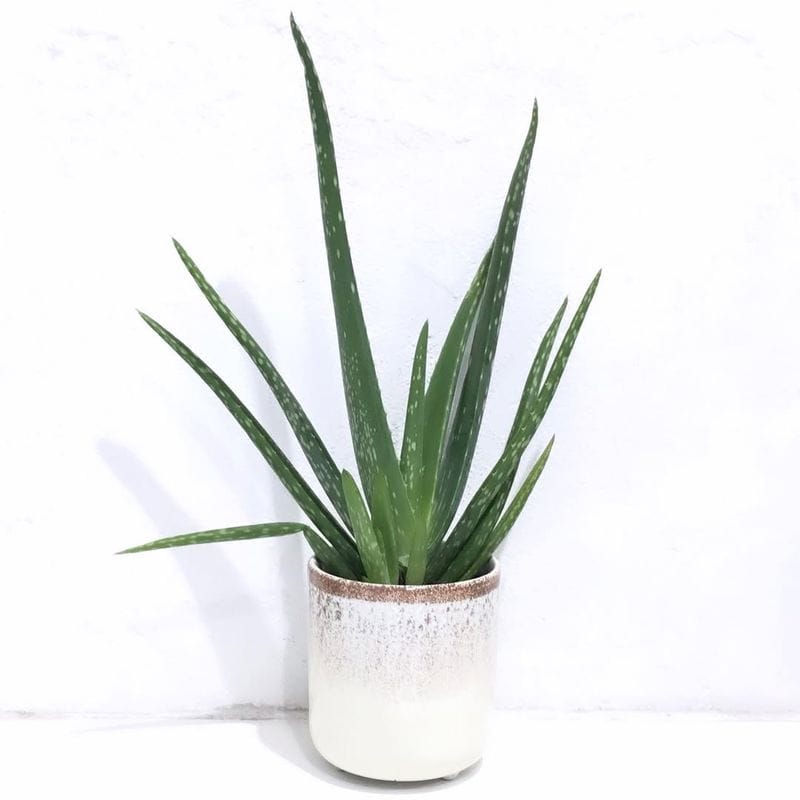
Overcrowding stunts Aloe Vera’s growth. Provide ample space between plants for air circulation and light access.
Adequate spacing prevents competition for resources. If planted in groups, ensure each plant has room to spread.
9. Repot When Necessary
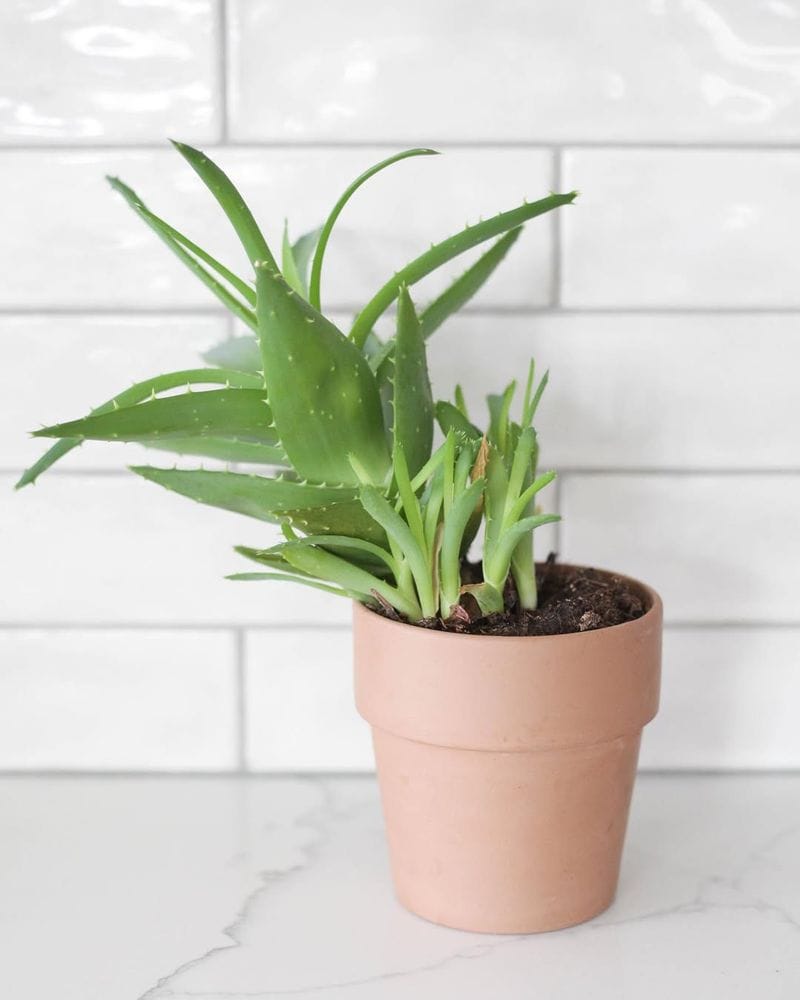
Monitor Aloe Vera’s growth to determine when repotting is needed. Typically, repot every two to three years.
Choose a slightly larger pot to accommodate root growth. Use fresh soil to replenish nutrients.
10. Monitor for Pests
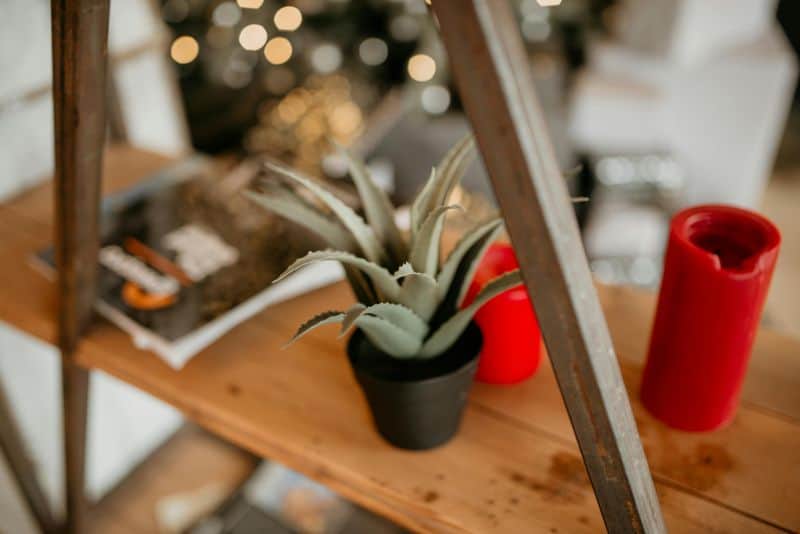
Regularly inspect Aloe Vera for pests such as aphids and mites. Early detection prevents infestations.
Use insecticidal soap or neem oil treatments if required and maintain cleanliness to discourage pest attraction.

